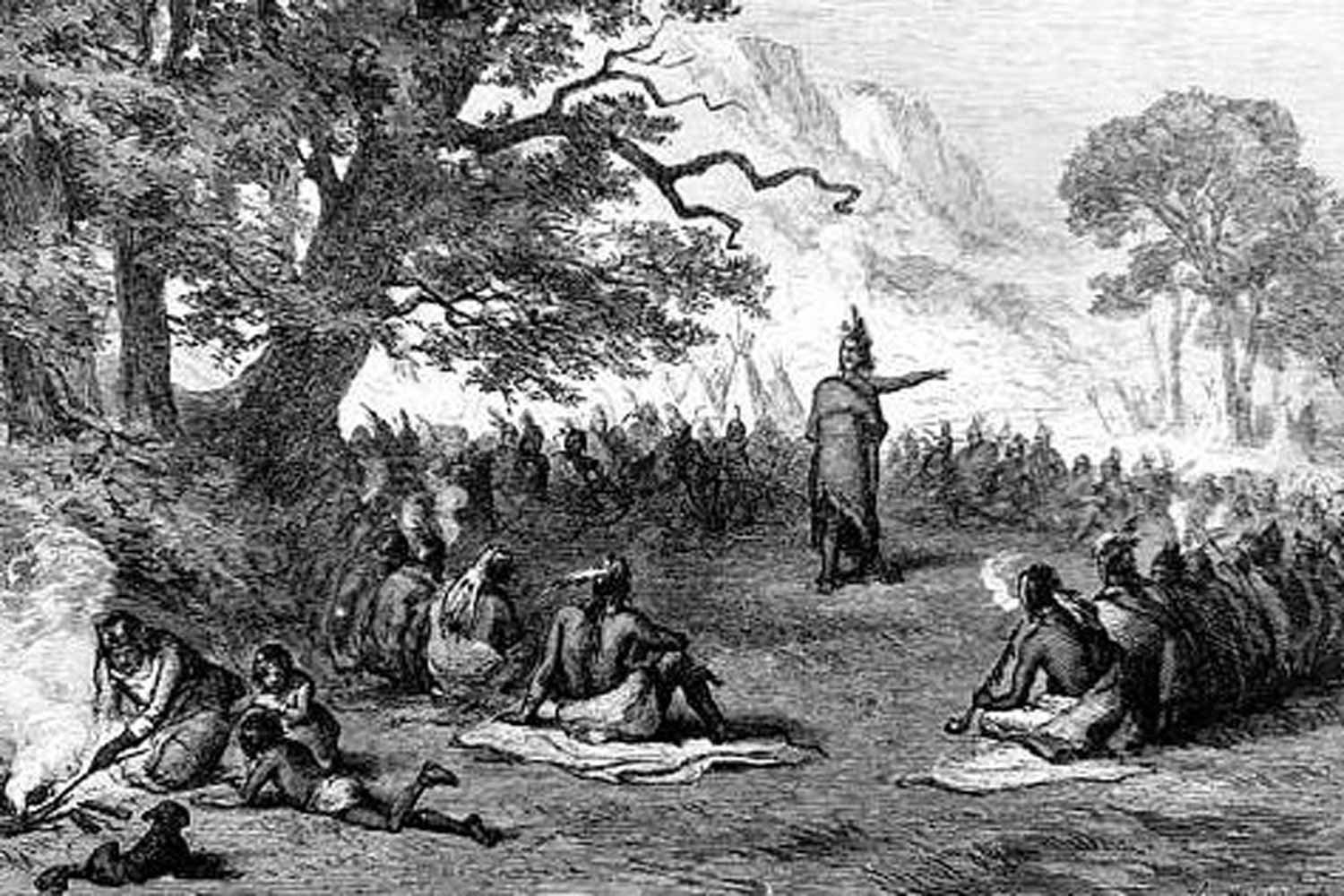

Pontiac’s Rebellion Comes to an End
While Colonel John Bradstreet was relieving Fort Detroit, the southern expedition under Colonel Henry Bouquet was assembling at Carlisle before moving to Fort Pitt, the jumping off point for the campaign. Bouquet’s contingent arguably had the tougher assignment, that of penetrating deep into the heartland of the Delaware and Shawnee nations where every step through the trackless forest would be observed.

British Retake Great Lakes Region
On June 24, 1763, the schooner sent out by Major Henry Gladwyn to inform British authorities of the situation at Fort Detroit finally made it back with much needed provisions, men, and ammunition, greatly strengthening the garrison’s resolve. Four weeks later, a second relief force of twenty-two ships, commanded by Captain James Dalzell with 280 men from the 55th and 80th Regiments, arrived at Fort Detroit on July 29.

Pontiac’s War Moves East
With the forts around the Great Lakes taken by early June 1763, Pontiac’s Rebellion moved east towards the remaining British outposts along the frontier and the settlements just beyond. The following months would bring unprecedented bloodshed to American colonists, with long term consequences to colonial expansion plans.

British Outposts Fall During Pontiac’s Rebellion
In mid-May 1763, Pontiac attacked Fort Detroit and initiated his grand plan to drive the British from the Great Lakes. Word soon spread to Indian villages across the region and other tribes soon followed suit. By the time Pontiac’s Rebellion ended in 1765, it would be the deadliest Indian uprising ever in North America.




